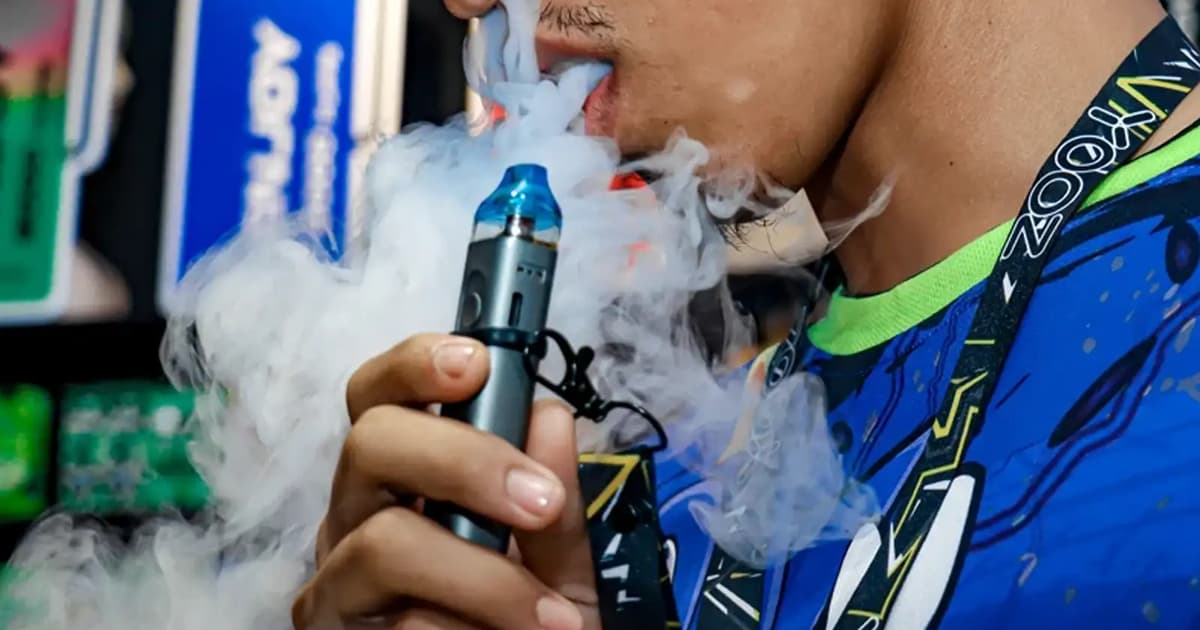
Catch-22 is a circular dilemma — a situation where solving one problem can end up creating or reinforcing another.
That’s how we can view the government’s current move to ban vapes.
At first glance, a ban may seem ideal: you’re protecting people’s health and discouraging harmful habits.
But it’s not that simple. In trying to safeguard public health, we risk creating a new cycle — banning vapes could lead to a surge in illicit products, which in turn would increase enforcement costs and pressure on the police, while also heightening health risks from unregistered substitutes that may contain dangerous substances.
This is the real Catch-22.
Under Budget 2026, enforcement agencies such as the customs department have been allocated a joint fund of RM700 million to enhance enforcement measures. Yet allocations like this may become less effective if enforcement resources are stretched further by a growing demand for illicit vapes.

Illicit cigarettes already dominate 55% of Malaysia’s tobacco market. Imagine what could happen with vapes being banned entirely.
Vapes are addictive because of nicotine, which triggers dopamine receptors in the brain, essentially the “happy hormone”.
This biochemical response reinforces addiction, meaning users are unlikely to quit simply because of a ban. Instead, many may turn to illicit sources, as seen in the cigarette market.
While cigarettes themselves are not banned, their high price, averaging RM17.40 per pack, drives consumers toward illicit options that can cost as little as RM4.
When it comes to health outcomes, a ban could even have the opposite effect. Take Singapore as a case study.
Singapore banned vapes in 2018, with penalties of up to S$10,000 in fines or six months in prison for possession. Despite this, the country continues to face a KPOD issue, drug-laced vapes that often contain etomidate, an anesthetic agent.
KPOD cases have been rising sharply: in just the first six months of 2025, 28 cases were recorded, nearly triple the 10
cases reported in 2024.
Yes, Singapore may record lower levels of vape usage overall due to its strict ban and strong enforcement, but replicating this model in Malaysia is far more complex.
Singapore is an island nation with no land borders and is around 450 times smaller than Malaysia, making enforcement
much easier due to its limited number of access points.
Yet even with that advantage, Singapore still struggles with illicit vape infiltration, particularly with dangerous variants like
KPODs.
If something similar happens in Malaysia, we could see it unfold on a much larger scale.
Malaysia’s extensive borders make it far more vulnerable to smuggling. If drug-laced vapes enter the market in significant quantities, we may also see a rise in cases such as Evali (lung injury associated with e-cigarette or vaping product, a condition strongly linked to illicit or unregulated vapes containing substances like Vitamin E acetate and THC oils).
Overall, if a holistic approach is not taken — one that recognises the psychological, behavioural, and economic realities of addiction — this issue will remain a Catch-22.
A blanket ban may not be effective. Instead, Malaysia should invest in research, public education, regulated harm reduction, and cross-agency collaboration to craft a more balanced and sustainable solution — one that protects both public health and enforcement capacity, rather than pitting them against each other.
The views expressed are those of the writer and do not necessarily reflect those of FMT.






